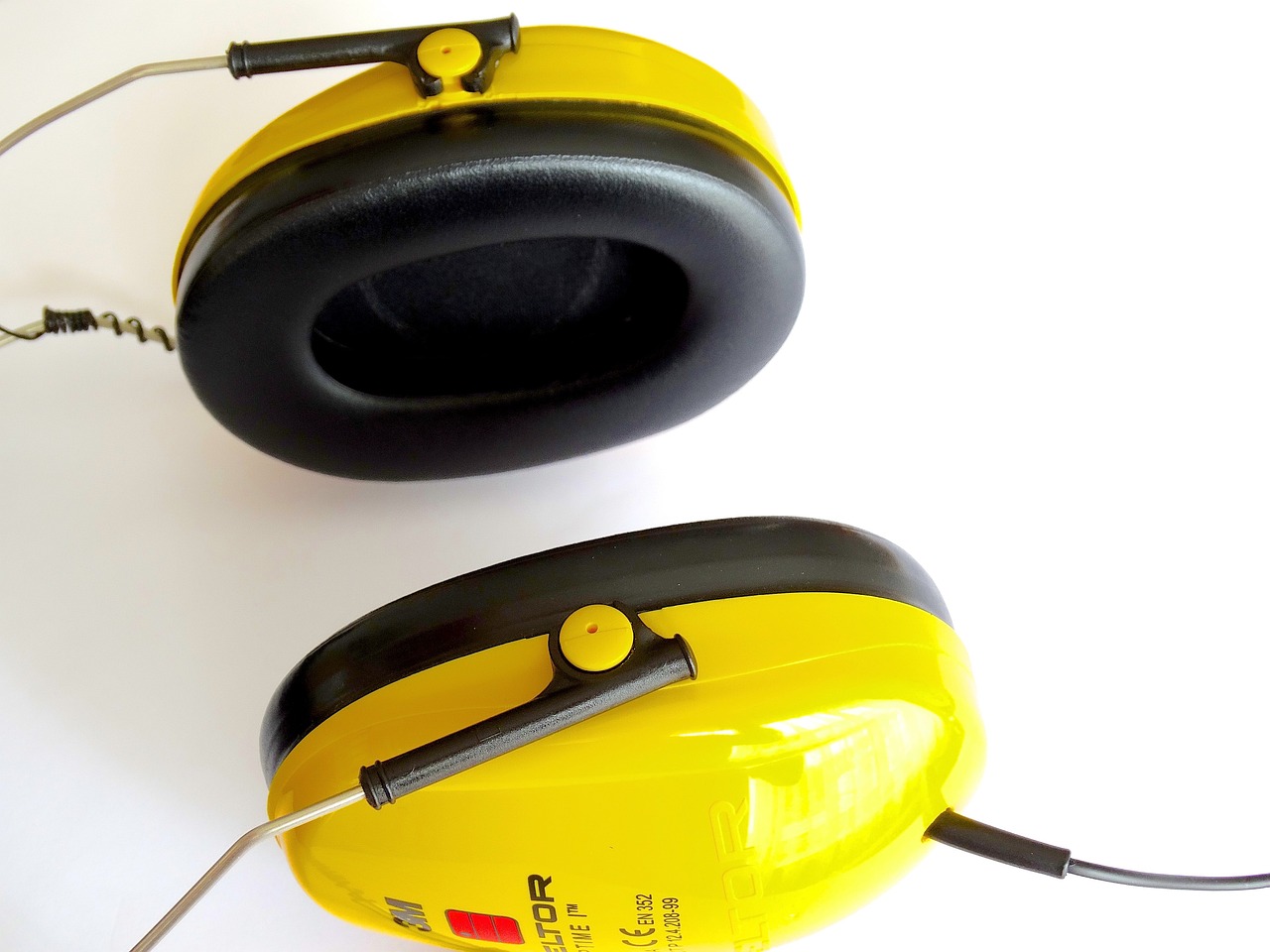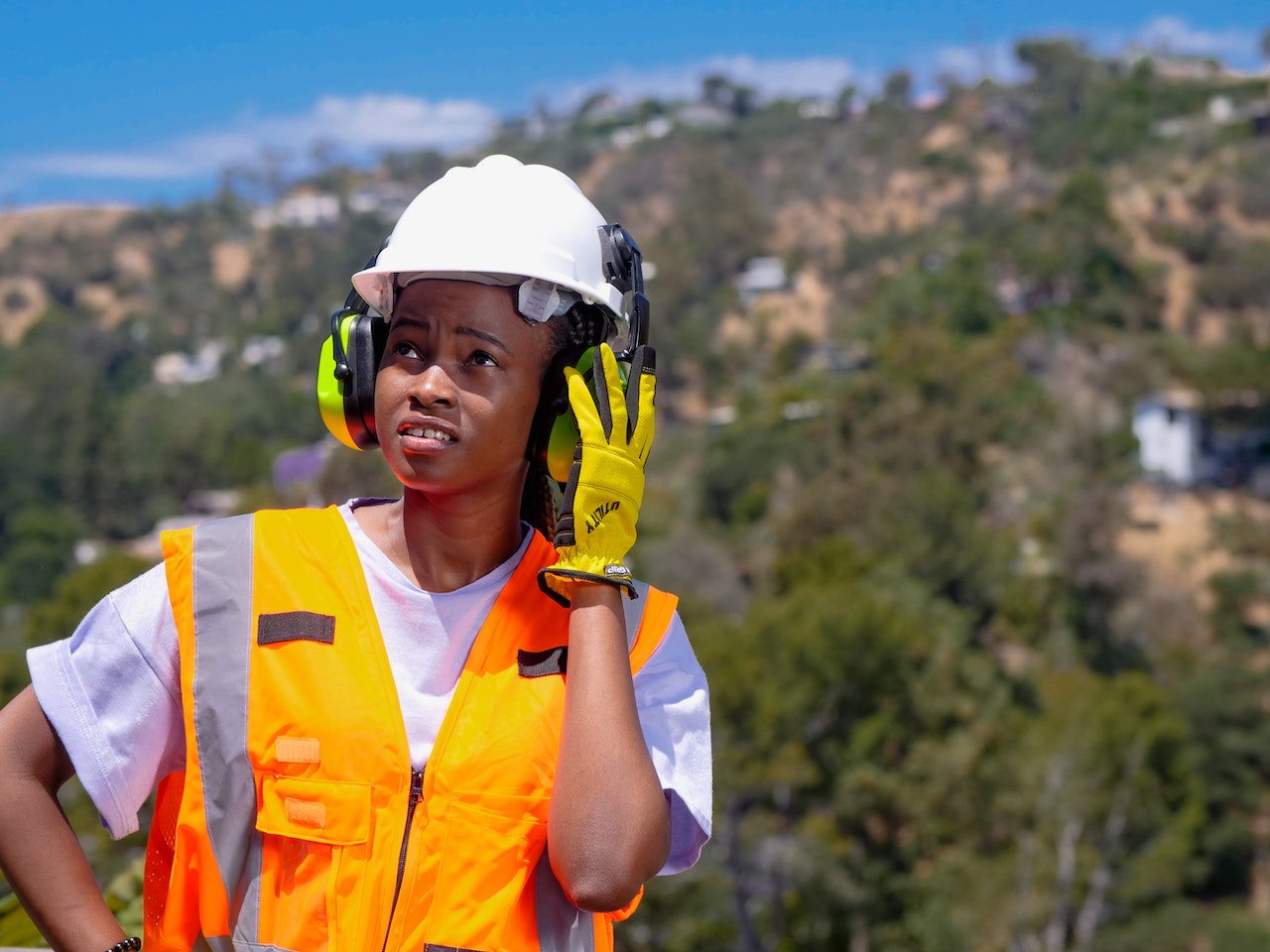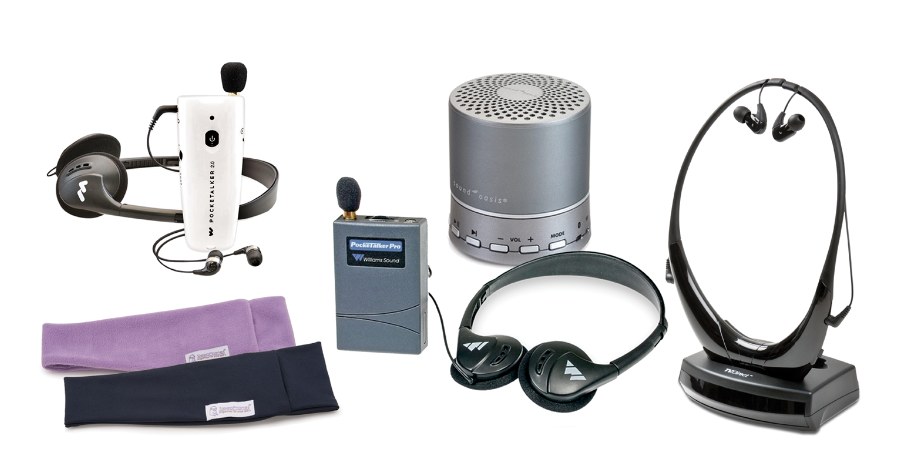Noise Reduction Rating: What It Is and Why It Matters

The Noise Reduction Rating is a common method for expressing values of noise reduction or attenuation a hearing protection device provides. These values range from 0 to 30. The higher the value, the greater the noise protection. NRRs are measured using the decibel. A decibel is a unit of measurement to describe how powerful or compressed a specific sound level is.
The NRR is typically used as a "ruler" that measures how effective a hearing protection device works in a given situation. It is based off an estimate of what will be achieved by 98% of the population if the hearing protection is properly fit. In the past, the NRR was usually one number, but is beginning to switch to a number range due to the differences from person to person. A two-number range displays the estimated protection achievable by minimally-trained users (80%) to proficient users (20%). If the range between the two numbers is wider, there is greater variability in the fit of that device. A smaller range indicates a more consistent fit.
A good example of this is the difference between earmuffs and ear plugs. Since earmuffs cover the entirety of the ear, they are a more consistent fit. Since ear plugs vary greatly from ear to ear (unless they are custom-made) they have a less consistent fit and a wider NRR number range.
It's fairly simple to find out the level of noise exposure after reduction:
1. Subtract seven from the NRR number (given in decibels)
2. Divide the result by two
3. Subtract the result from the original noise exposure level in decibels
For example, a loud construction environment could reach up to 100 decibels in noise exposure. If a worker is wearing hearing protection with an NRR of 30, this does not mean the exposure reduces to 70 decibels. Instead, the exposure would lower to 88.5 decibels. This is important to know when picking out hearing protection that will work the best depending on the noise environment at hand.
Westone offers a variety of hearing protection made for industrial workers and loud environments. Our DefendEar Max custom-fit earpieces offer the maximum NRR available in the DefendEar line, with a rating of 29. These are great for construction workers, motorsports, aircraft and other loud environments. Additionally, our Tru Shooter universal ear plugs have a switch on the end that opens and closes the filter, allowing for 18dB and 5dB of hearing protection. When open, the user can hear voices and background noise naturally, but when closed, the ear plugs take the edge of blasts and ambient noise.
It's important to consider the noise level of your environment and what NRR would be best before purchasing hearing protection. Westone can help find the perfect hearing protection for your needs.





